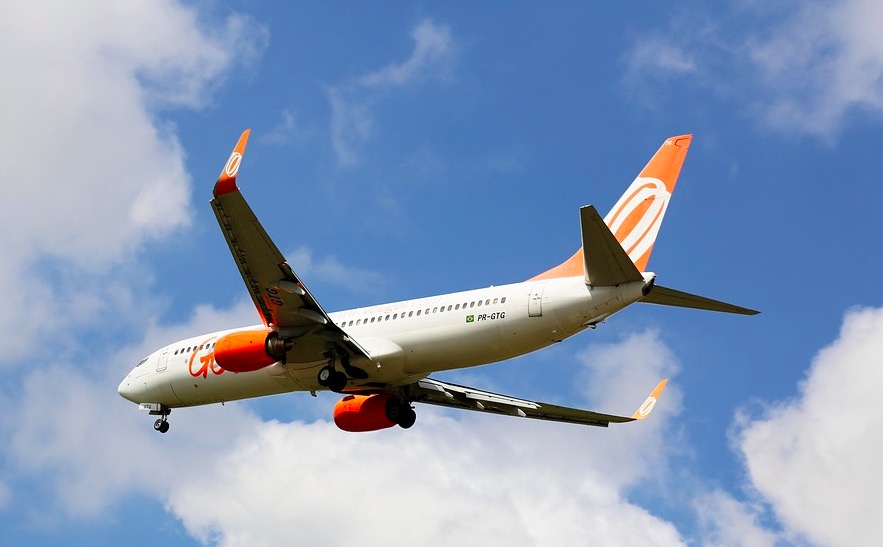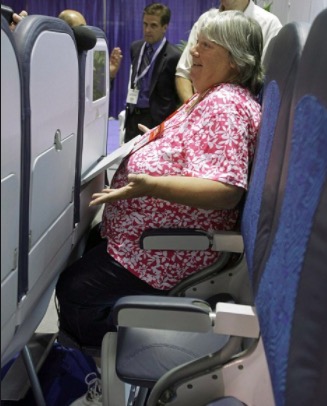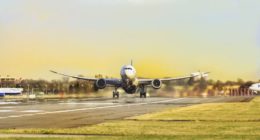Crunching the numbers is the well respected to70, a Netherlands-based aviation consultancy founded in 2000. With a 3% growth in air traffic from 2016 to 2017, they state that the fatal accident rate is now one for every 12 million flights. No matter how you look at it, that’s pretty good odds.
Three fatal accidents are included in the report. In the first, a Brazilian-built Embraer with seven people on board came down in bad weather, killing all on board. It was reported that the plane, travelling from Dundo, near the Congolese border, to Luanda, the Angolan capital, suffered a lightning strike which caused a catastrophic engine fire. A month later, a Czech-built L-410 operated by Khabarovsk Airlines crashed with seven people on board while trying to land near the eastern Russian town of Nelkan. Miraculously, a four year old girl survived with minor injuries, though the others on board were not as lucky. Finally, a passenger died of his injuries a fortnight after an ATR42 crashed on take-off at Fond-du-Lac, Canada, bringing the total lives lost to fourteen.
Despite many people’s fears, there were no incidents of planes being downed by unlawful interference. In fact, a greater threat to safety in the air comes in the form of the humble battery. Lithium-ion batteries are used in a great many electronic devices, yet they are at risk of catching fire. Education of passengers is key to ensuring that such batteries aren’t carried in hold luggage, as well as flight crew training to ensure any fires in the cabin are extinguished before they can create a significant hazard to those on board. There is no place for complacency .
Engine-related incidents continue to crop up from time to time. In 2017, an Air France A380 suffered the loss of an engine inlet fan and cowling mid-flight. The plane, en route to Los Angeles from Paris, limped into Goose Bay, Newfoundland to assess the damage. No one on board was hurt. Engineers inspected the plane and gave it the OK to fly home for repairs, a measure of how robust aeroplanes are these days.
That’s not to say remaining on the ground is a guarantee of safety. For years, tourists have been standing near the airport fence on the beach at St Maarten in the Caribbean to get the ultimate aviation adrenaline rush from the blast of overhead jet engines. Sadly, one person lost their life in 2017, a reminder that getting too close is a perilous pastime. In Bishkek, the capital of Kyrgyzstan, a cargo plane overran the runway and killed 35 people on the ground.
The report excludes accidents involving military flights, training flights, private flights, cargo operations and those where the plane weighs less than 5700kg. But as the majority of commercial air transport operates using large planes, these statistics are very encouraging indeed. Let’s hope the trend continues and that 2018 is as safe – if not more so – than last year.









